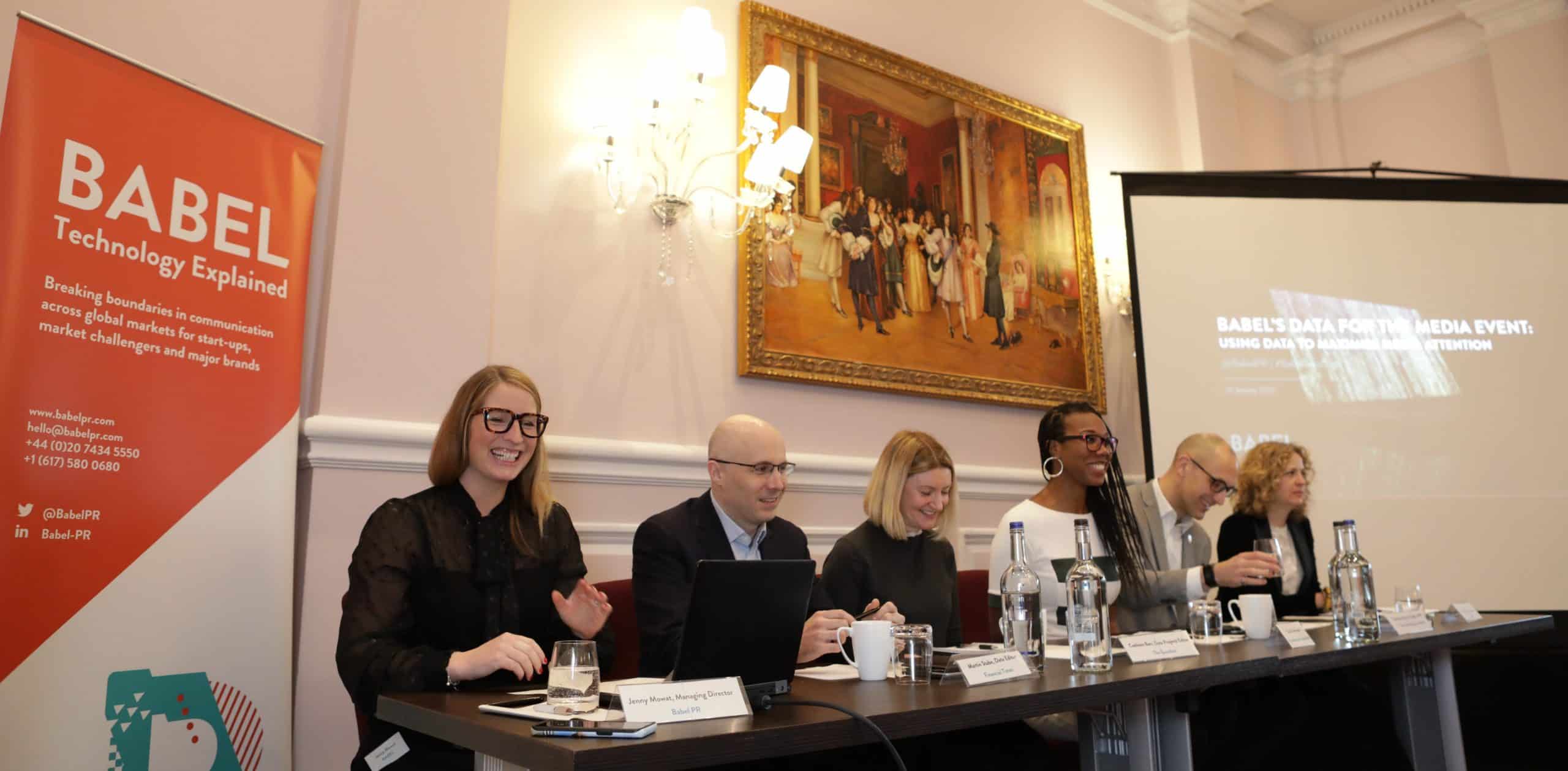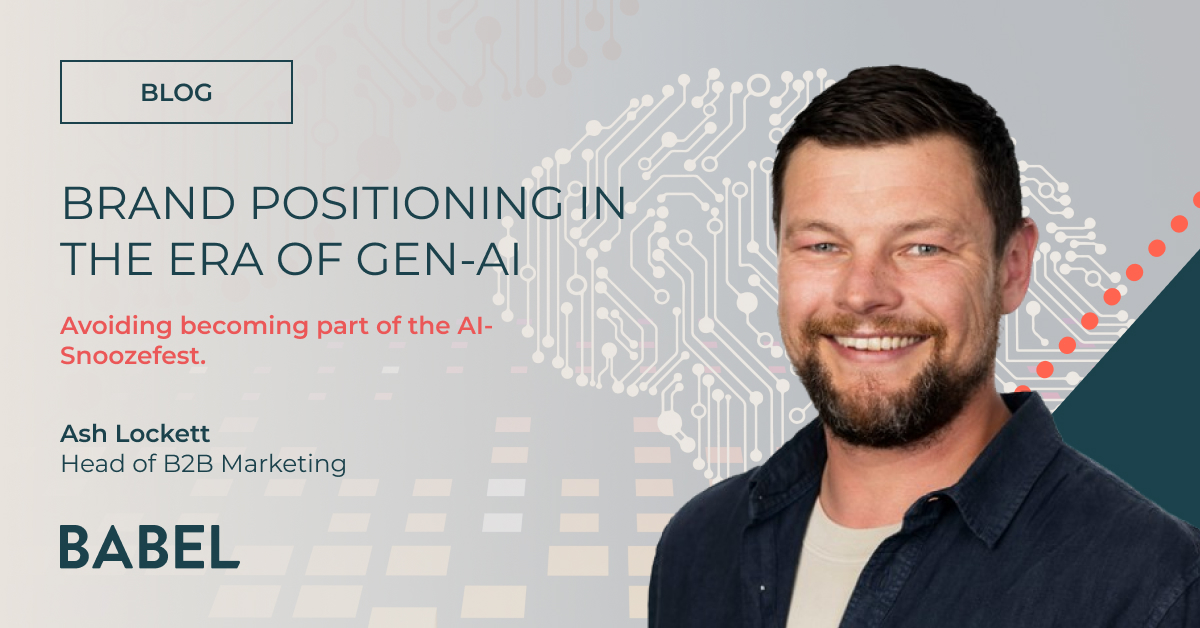
Robust, reliable, relevant: harnessing data to power the news agenda: Pt II
Yesterday, we hosted the latest in our Babel Talks event series, and reported on just some of the insights shared by our expert panel. In part II we highlight further approaches and key takeways from the event, and examine how brands can best use data to maximise media attention…
Telling stories
How can brands create effective data-led stories in the first place? Because, while many are doing it, far fewer are doing it well. Our panellists offered a number of practical pointers on what makes a good – and credible – data-led content initiative. First up, sample size, an element which generated much discussion among the panel, as well as prompting questions from the audience. An ideal sample size, according to Handley, is 1,000-plus for consumer based research, but this will vary depending on the region being reported on; this would be a pretty small sample for somewhere like the US, for example. For B2B and trade press on the other hand, “I work on the basis of 200 as a minimum” though “the more the better,” explained Tim Bond, Head of Insight and PR at the Data and Marketing Association.
It’s not just the sample size, either, but the questions asked of your respondents, explained Handley. Agreeing or disagreeing with statements provided by a market research firm, for instance, can be presented as x% of people say that… when in fact they’ve merely agreed with a carefully-constructed proposition.
Sample size is only one part of it Stabe summarised – good data-led content is also about the methodology used. When pitching data stories then, it’s important to not only present the data itself, but present (or be ready to), details of how, where and when you sourced it.
For brands and marketers, pitching content is among the latter stages of a data-led campaign. So, let’s take a step back: how can brands find data to create stories that resonate with the right media and, subsequently, with the right audience?
Communication and lateral thinking
One way is to work with a partner which has the resources and experience to not only create new data but also identity valuable insight from a brand’s sprawling and often siloed datasets. This is something Bond has witnessed in his role at the marketing trade organisation. One client (a data-driven online platform) had so much data across business, he explained, yet kept saying otherwise. Again, the need for open lines of communication and a willingness to share data (be it between brand and journalist, or brand and third party), in order to pinpoint the strongest content and maximise the value of data.
It’s important to speak to the journalist and find out “what’s the one data set or data point they’re really keen on and don’t ever get their hands on” in that space, he said. It’s all about the relationship you have with key stakeholders, Bond concluded.
Of course, speaking to external stakeholders is only one means of determining a strong data-led story. Thinking laterally is also important, according to Stabe. This involves looking at data which already exists within your business and asking what else – aside from its original purpose – could it be used for? The best stories, he said, debunk perceived wisdom. Plan ahead, added Handley: look at upcoming anniversaries and events which are relevant to your data or your brand’s messaging, and which may not otherwise make the news cycle. Could these provide the hook to ensure your story is relevant and timely?
The engine oil for the news agenda
Data can present the “springboard” for a news story, asserted Handley; the “engine oil” or “lubricant” to drive the news agenda, according to Sekinah. When you’ve got it – or identified how to get it – and you’ve packaged it effectively, robust and relevant can deliver significant value for your brand, your messaging, and your industry standing.
Brands aren’t data scientists, they’re not media gurus, and they don’t have bottomless budgets. But Babel’s work with clients across the technology industry shows that the right PR partner can help any company generate real value from data. We advocate a carefully-structured, objectives-first approach to data-led, integrated PR and marketing campaigns. We understand the importance of maximising the value and longevity of data: instead of solely focussing on quick wins, we develop strategies that fuel sustainable, long-term visibility among both target media and target customer markets. Interested? Contact us to find out more.





